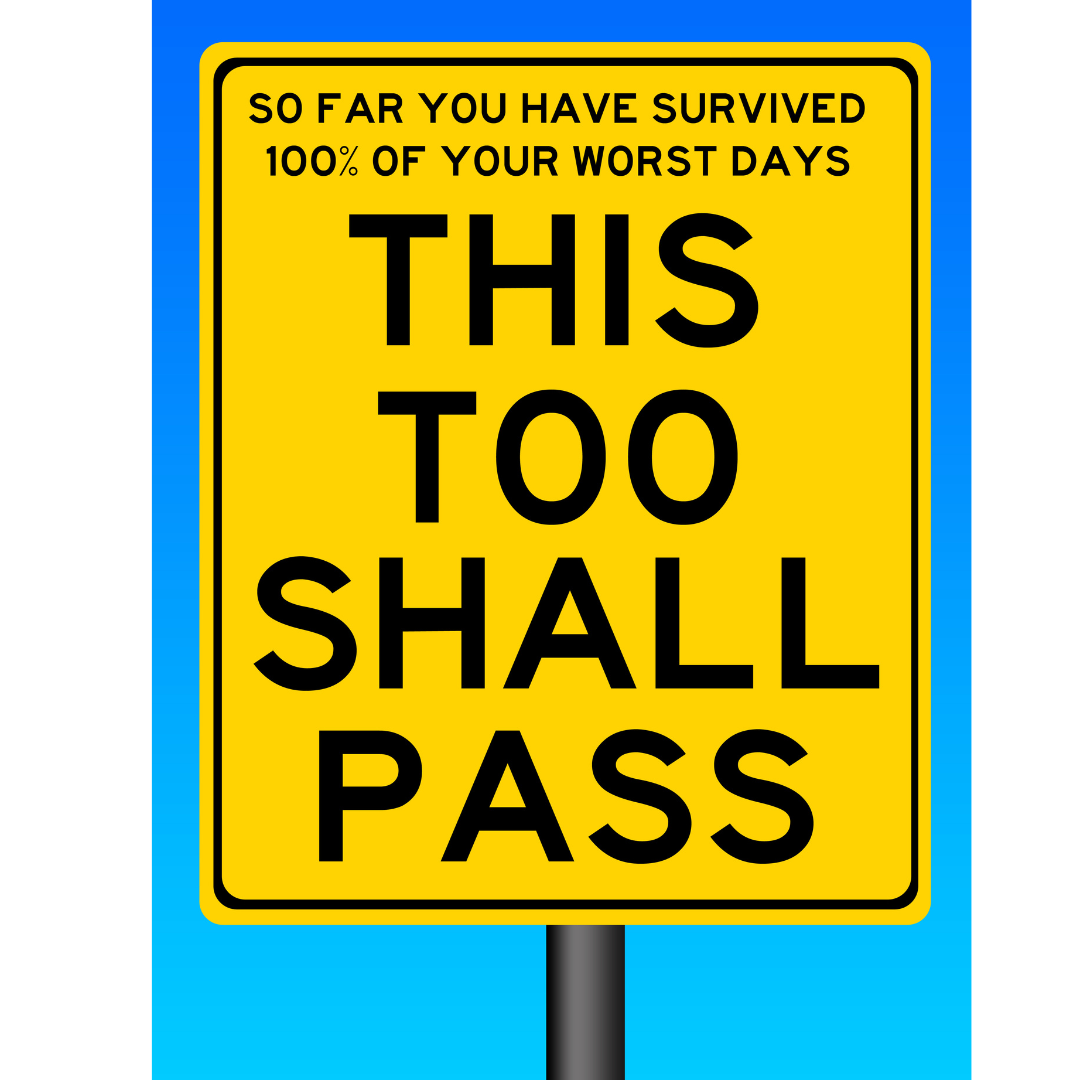
Cognitive Restructuring vs. Positive Thinking Part 1 — Why It Matters
Cognitive Restructuring vs. Positive Thinking
Part 1 — Why It Matters
By James Porter
Whenever I speak to a group of counselors, wellness directors, or EAP professionals, I like to ask a simple question: What’s the difference between cognitive restructuring and positive thinking?
You’d be surprised how often this stumps the room. Some attendees pause, thinking hard as they try to parse it out logically. Others admit they’re not entirely sure. And yet, understanding this distinction is vital—especially for anyone helping others navigate mental health and wellness.
Cognitive restructuring is not just a buzzword—it’s a core technique of Cognitive Behavioral Therapy (CBT), which emerged in the 1960s thanks to pioneers like Dr. Albert Ellis and Dr. Aaron Beck. Unlike Freudian psychoanalysis, which delved into childhood and unconscious motives, CBT took a more practical route: it focused on how our thoughts affect our feelings and behaviors right now.
CBT quickly surpassed psychoanalysis in popularity and credibility. Today, it's one of the most researched and widely used therapies in the world. In fact, studies have shown CBT can be just as effective in the short term as antidepressant medications—and often more effective in the long term, since people are more likely to stick with it (unlike medications, which many abandon due to side effects).
So if cognitive restructuring—the technique at the heart of CBT—is that powerful, it’s worth understanding why it’s notthe same as positive thinking.
I like to frame it this way:
Positive thinking asks us to put a positive spin on a negative situation.
Cognitive restructuring asks us to take an overly negative spin off a situation.
Positive thinking often involves finding the good in the bad. And that can be a helpful practice in many cases. For example, I’ve been dealing with long COVID, which has left me with distorted taste and smell. Now junk food like chips and soda tastes awful—which, as my daughter pointed out, is kind of a superpower. Even skunks don’t wake me up anymore because I can’t smell them! Sure, I miss the smell of coffee in the morning, which now smells terrible, but these are small annoyances. I can find silver linings, and that’s where positive thinking works well.
But what happens when the bad news isn’t trivial?
When we’re dealing with a cancer diagnosis, job loss, or the death of a loved one, positive thinking often feels hollow—if not completely inappropriate. Telling someone to “look on the bright side” during times of real pain can come off as insensitive or even harmful.
That’s where cognitive restructuring shines. It doesn’t ask us to turn bad news into good news. It simply invites us to challenge irrational, catastrophic, or exaggerated thoughts. It helps us replace them—not with artificially positive thoughts—but with accurate ones.
For example, if I catch myself saying:
“This is the worst possible thing that could have happened at the worst possible time,”
cognitive restructuring helps me step back and say:
“That’s not really true. If it were the absolute worst thing, I wouldn’t be standing here talking about it.”
It’s not about sugarcoating. It’s about getting real.
Other common examples might include:
- “This traffic jam is going to last forever.”
- “I’ve got the world’s worst boss.”
- “Nothing ever goes right for me.”
If you’ve heard yourself say things like this (I certainly have), you don’t need to make them positive—you just need to make them realistic.
In Part 2, we’ll look at five concrete examples of how to use cognitive restructuring in everyday situations—where positive thinking falls short, but realistic thinking can shine.
Stay tuned.

Erica Tuminski
Author